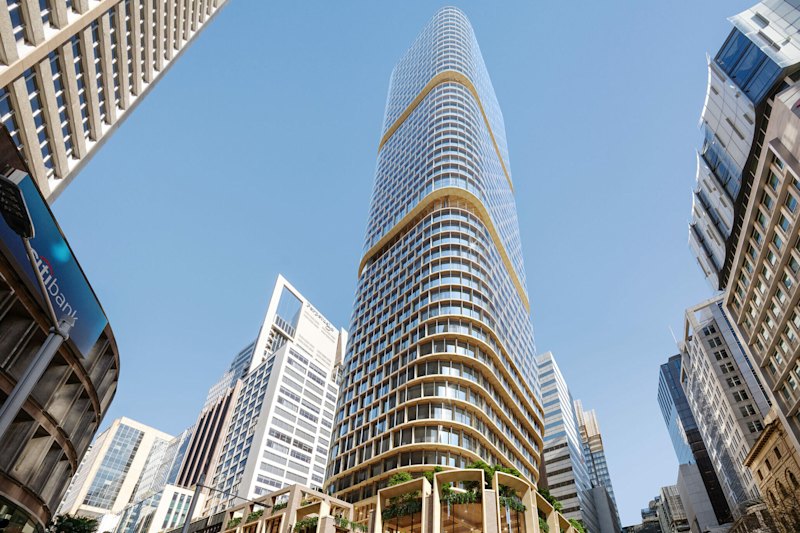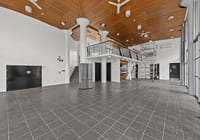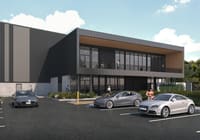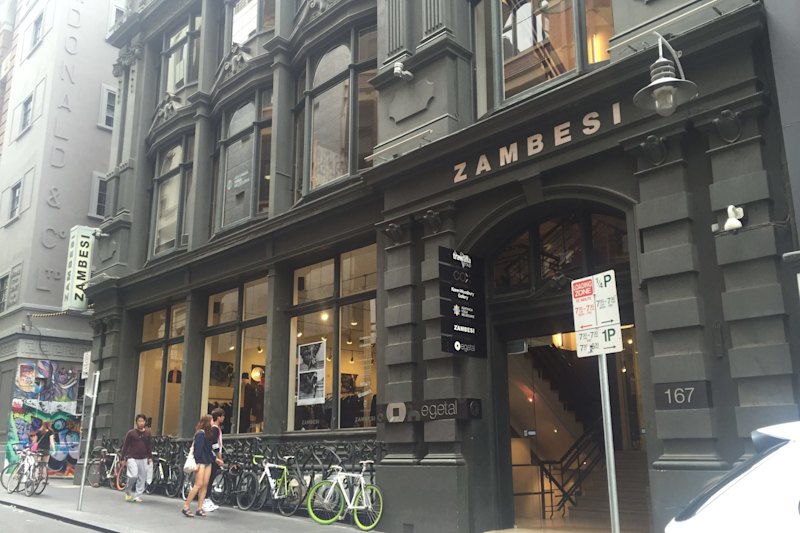
Stability in active sectors continues
Border closures and operational shutdowns in March 2020 delivered fear and uncertainty to business communities. The most immediate and obvious effect was an upending of normal operations. Employees had to vacate their workplaces and long-term operational security was threatened.
This presented a challenge to office-based companies. Even if they could adapt the way they do business, what did it mean for their space requirements?
Australian Bureau of Statistics numbers revealed 40 per cent of Australians established work-from-home protocols to August 2021, with office workers making up a large percentage. The ABS reported that 64 per cent of managers and professionals worked from home regularly in August 2021, compared with around a quarter of people across other occupations.
In Melbourne, many sectors proved well placed to deal with the challenges, says JLL’s joint head of office leasing in Victoria, James Palmer. “The financial, utility and insurance sectors, in particular … had processes in place which easily enabled their employees to work from home and adapt once COVID-19 hit and it was these three sectors that looked to sublease the most space in early 2020.
“You’d be looking at FinTech, technology, health and education. We’re expecting universities to bounce very strongly in the second half of this year. You also look at those in expansion mode. Certainly, state government and federal government are very active in the market at the moment. Also, surprisingly, flex-space operators have become active again.”
Building owners looking to attract growth and expansion-phase businesses need to be actively engaging with their tenant’s needs and the changing nature of the workplace, Palmer says.
“They also need to ensure that the amenity within the asset reflects both the brand of the building and the requirements of the types of organisations they are trying to acquire. Tenant priorities have sharply focused on flexibility, technology, amenity, and health and wellbeing.”
Will Hamilton, JLL’s head of office leasing NSW, says most businesses found ways to adapt to the pandemic. “There were groups that took more space and there were groups that took less. Groups that grew their footprint were technology users, boutique investment banks and financial services.”
“The overall momentum for office space in 2021 has continued into 2022. There’s less opportunism and more stability.”
Hamilton says there have been fewer new entrants to the office market. “That’s largely because of the lack of ability for travel with borders closed. Pre-pandemic, we saw a lot of offshore groups opening up … in Australia, but we’ve probably seen less of that in recent times.”
He says landlords looking to secure a long-term tenant need to return to the fundamentals.
“A customer-centric approach is essential. Make sure you’re delivering what the market is demanding. Tenants are looking for fitted space that they can walk into and start using rather than building their own fit-out. Also, delivering high-quality amenity … is essential.”
One thing is for certain, Hamilton says: any notion office space is a historical dinosaur of the pre-pandemic era has been put to bed.
“Workers forget what it was like until they come back and bump into their colleague in the kitchen and a new idea comes out of that conversation as opposed to playing phone tag for two days,” he says. “People thrive in environments where they’re with other humans and not in isolation. The office environment provides that opportunity to collaborate and work as a team far more so than Zoom.”










